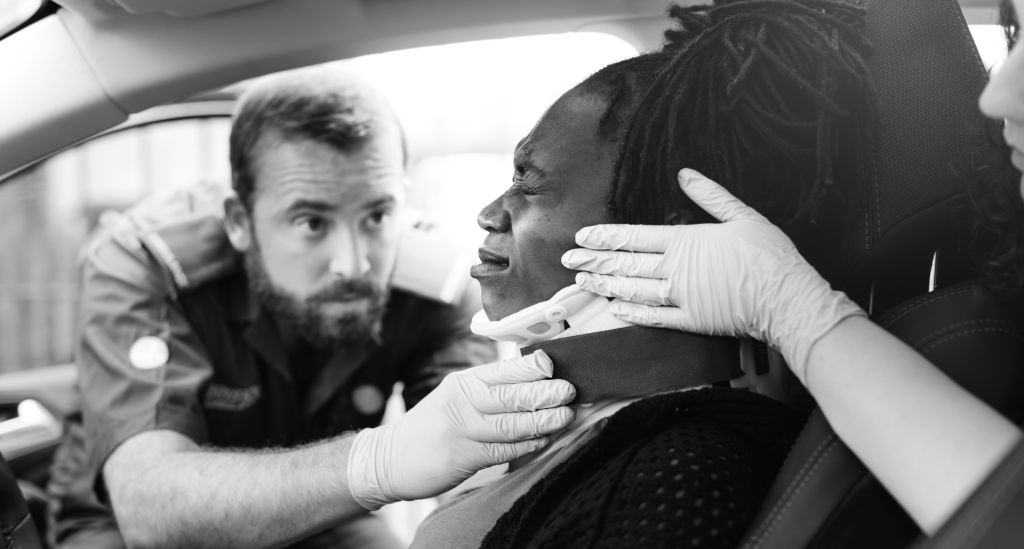15 September 2023
Liability and Contributory Negligence in Car Accident Claims
If you have been injured in a car accident and have made a Compulsory Third party (CTP) claim with one of the insurers, one of the first things the insurer has to do is to assess who was at fault for the accident. This is because in South Australia, unless you fall under the Lifetime Support Scheme, you can only receive compensation for your injuries if a driver other than you was either fully or partially at fault for the accident.
Where liability is admitted
Fairly soon after lodging the claim forms, you will receive a letter from the insurer with respect to liability. If the insurer believes their insured driver was completely at fault for the accident, they will accept 100% liability for the accident. This means they will pay 100% of the compensation which is either agreed or determined by a court.
In this situation, the letter will say that while they admit liability for the accident the admission does not extend to any injury, loss or damage alleged to have occurred as a result of the accident.
This means that whilst they accept their driver was responsible for the accident, you still need to prove that you were injured in the accident and what those injuries were.
Even where liability has been accepted or admitted, you must still comply with the Court time limits. This means that if your claim has not resolved, you must file a Claim in the appropriate Court within 3 years of the accident (please note the limitation period is different for children).
Where an allegation of contributory negligence is made
If the insurer believes that you are partially at fault for the accident or your injuries, they will only accept partial responsibility and claim that you were contributorily negligent for the accident. There are a number of situations where they may claim contributory negligence. Some of the more common situations are listed below:
- You were a driver and had consumed alcohol or drugs prior to the accident.
- You were a passenger, but the driver of your vehicle had consumed alcohol or drugs.
- You were not wearing a seatbelt.
- You were a pedestrian and did not keep an adequate lookout to avoid the accident.
- You were a driver but could have avoided the accident if you kept a proper lookout.
There are some situations where the legislation sets out a mandatory reduction in compensation. For instance, where you are not wearing a seatbelt there is an automatic 25% reduction for contributory negligence. Whilst there are some exemptions to this rule, the exemptions are very specific and do not apply to most situations.
Another example is where the driver of the car in which you were a passenger is intoxicated, there is a mandatory 25% or 50% reduction, depending on the level of the intoxication. Once again, the circumstances where you can avoid this reduction are very rare.
If the insurer makes an assessment of contributory negligence, it is important to know that you do not have to accept their assessment. In many situations it is possible to challenge the finding of contributory negligence. It is therefore important to see a lawyer as soon as possible who can advise whether their assessment is reasonable or should be challenged.
Implications of a finding of contributory negligence
A finding of contributory negligence can have a significant impact upon the compensation that you receive. It is therefore important to do everything possible to reduce any finding of contributory negligence.
The way it works is that your compensation will be assessed and a value either agreed upon or assessed by a Judge at full liability. If a finding of contributory negligence is made, your claim will be reduced by the percentage of contributory negligence. The insurer is also entitled to seek a credit for any medical expenses that they have paid, to the extent of the percentage of contributory negligence.
As an example, if a claim is settled for $200,000 and the insurer has paid out $30,000 in medical expenses, a finding of 30% contributory negligence will mean damages will be reduced to $140,000 and there will be a deduction for paid medical expenses of $9,000. The injured person would end up receiving $131,000 in compensation after these deductions.
In this same example a 20% reduction for contributory negligence would mean damages figure of $154,000. You will therefore see that a 10% difference in the finding of contributory negligence is significant.
What a lawyer will do when an allegation of contributory negligence is made
If you instruct a lawyer, they will speak to relevant witnesses, obtain copies of the police file, obtain copies of CCTV or dashcam footage where available and obtain copies of any other relevant materials.
In some situations, it is necessary to instruct an accident reconstruction expert, who can provide evidence of the likely speed the vehicles were travelling and the time that the various drivers had to react to avoid the accident.
Andersons offer a free, first 30-minute interview which will help you understand your likelihood of a successful claim. You are under no obligation to engage the lawyer after this meeting so you really have nothing to lose.
For most CTP accident claims, we offer either a No Win, No Fee or a deferred payment arrangement depending on the circumstances.
To discuss your personal situation with one of Andersons’ experienced injury and accident Lawyers, please call us on 8238 6666 or contact us here.
Read more about motor vehicle accidents and personal injury claims here.





